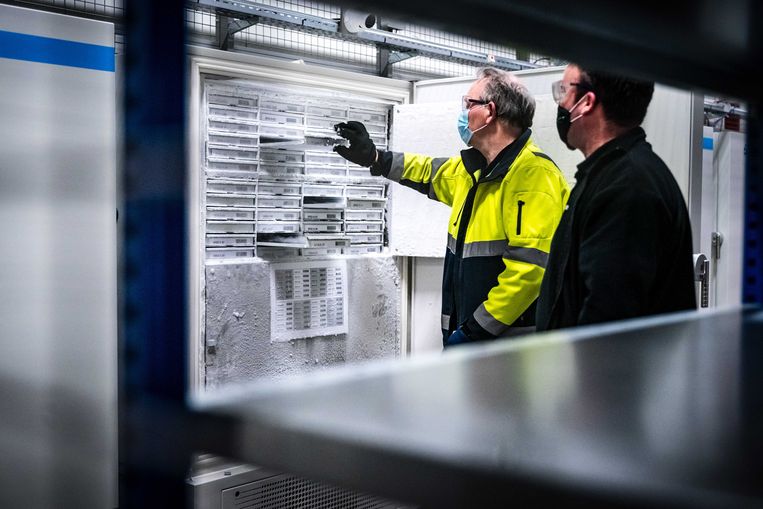Opinie: Gommers’ populistische oproep mRNA-vaccins vrij te geven, zit ernaast
Want niet de productiecapaciteit, maar het zwabberend vaccinatiebeleid is het probleem, betoogt Willem Mulder.

Diederik Gommers deed afgelopen weekend, via LinkedIn, een oproep aan BioNTech/Pfizer en Moderna hun mRNA-vaccins vrij te geven, zodat ze op grotere schaal goedkoop kunnen worden geproduceerd en gedistribueerd. Hij voegde eraan toe ‘Of sla ik de plank helemaal mis als arts, maar dan hoor ik het graag.’
Hij slaat de plank inderdaad volledig mis. De oproep klinkt oppervlakkig misschien goed, maar wat Gommers voorstelt, zal geen overheid of private partij voor elkaar krijgen.
Laten we beginnen met de prijs van het BioNTech/Pfizer-vaccin. Volgens de website van de NOS kost dat 12 euro per dosis. Wat krijg je daarvoor? Een vaccin dat bestaat uit synthetisch en door nanotechnologie gestabiliseerd mRNA met een effectiviteit van meer dan 90 procent.
Het toepassen van mRNA voor therapeutische doeleinden is een dertig jaar oud idee van Katalin Karikó. Zij kon dat nog niet vertalen in therapeutische toepassingen bij gebrek aan technologie om mRNA te stabiliseren en van een nanoverpakking te voorzien.
Die technologie is er nu wel en dwingt ertoe de vaccins op heel lage temperatuur te vervoeren en te bewaren. Alleen al deze complexe logistiek maakt de lage prijs van 12 euro heel bijzonder.
De tweede vraag is of de productiecapaciteit snel kan worden verhoogd met het opheffen van patentbescherming. Het antwoord is ‘nee’: de beschikbare productiecapaciteit is al sinds maart/april vorig jaar gemaximaliseerd. Het product, mRNA verpakt in lipide nanodeeltjes, het productieproces en de logistiek zijn ontzettend complex. Zo complex, dat het überhaupt een wonder mag heten dat deze vaccins zo snel en op zo’n grote schaal gedistribueerd konden worden. De biotech-industrie is het enige goed functionerende onderdeel van de huidige crisis.
De laatste vraag is of andere partijen met het recept in handen in staat zijn dit huzarenstukje te kopiëren. The proof of the pudding is in the eating: Daar waar de biotechwereld haar zaakjes meer dan op orde heeft en in een recordtijd van minder dan negen maanden innovatieve en zeer effectieve vaccins op grote schaal wist te distribueren, is het Nederland niet eens gelukt in vijftien maanden de vaccinatielogistiek op orde te krijgen. Dat we met 10 procent vaccinatiegraad onder aan de ranglijst bungelen is een gevolg van het zwalkend beleid van de overheid, en heeft niets te maken met productiecapaciteit.
We zitten inmiddels al meer dan een jaar in een crisis waarvan het einde nog lang niet in zicht is en we de naweeën nog jaren, mogelijk decennia zullen ondervinden. Er is nog veel werk aan de winkel voor de Nederlandse experts. De beperkte ic-capaciteit en de genant lage vaccinatiegraad houden Nederland in een wurggreep. Daar ligt de oplossing, niet in populistische schrijfsels op sociale media. Om met een citaat van de natuurkundige Richard Feynman te eindigen: ‘Science is the belief in the ignorance of experts.’
Willem Mulder is hoogleraar precisiegeneeskunde, Radboud Universitair Medisch Centrum & Technische Universiteit Eindhoven.

